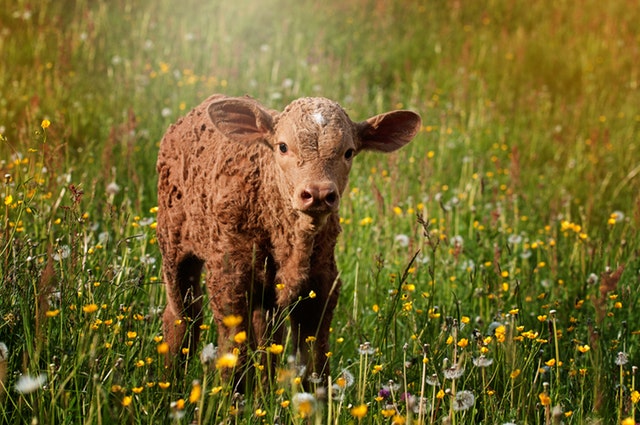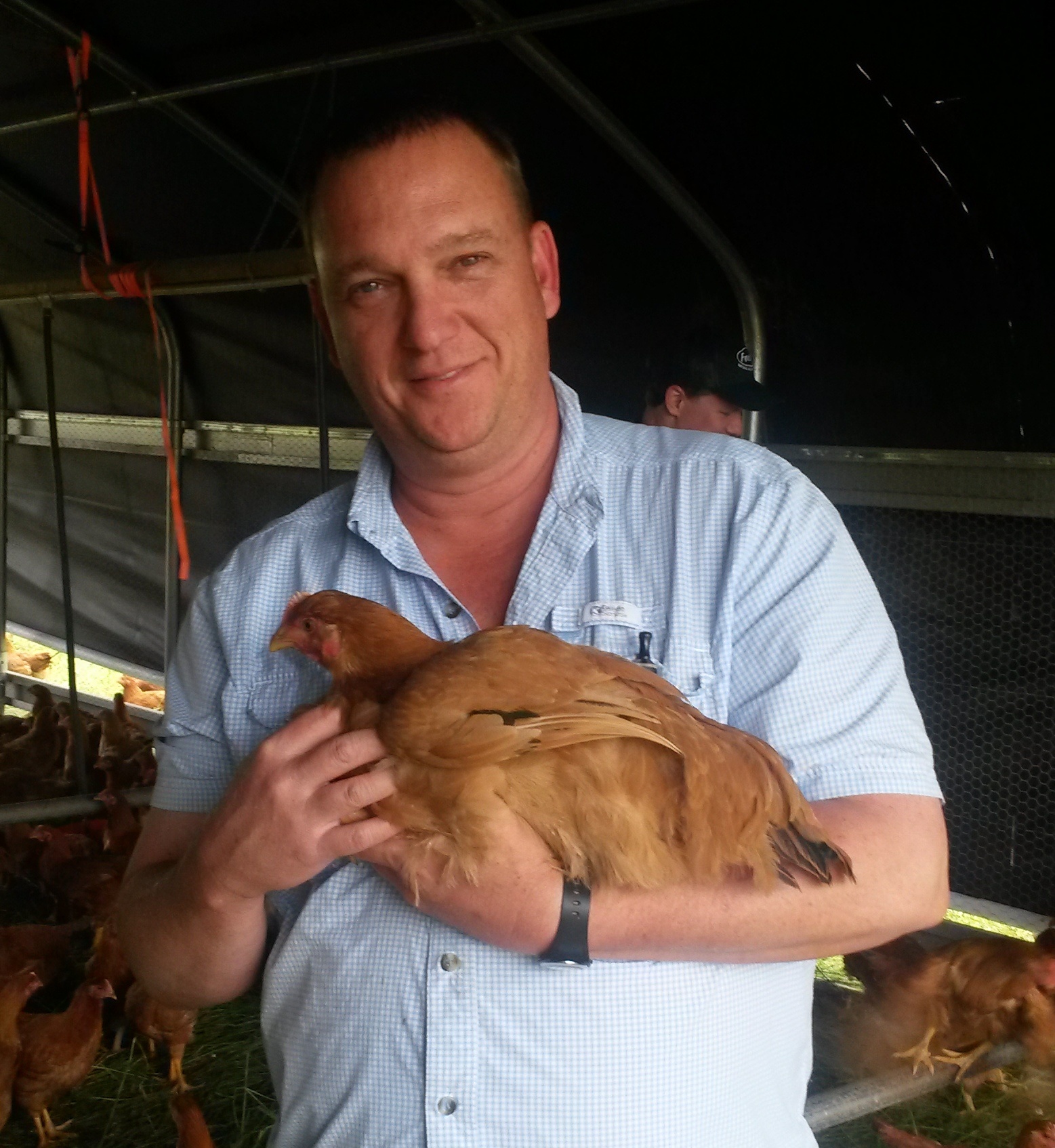Some of the Keys to a Successful spring freshening that I have seen in past are: Good energy and protein levels, proper anionic minerals, above average vitamin levels, and a toxin binder when on stored feeds. It is fairly well known that proper amount of energy is necessary for calf development and cow body condition. You can’t see inside to know what the calf looks like. But you can see the cow and how her body condition is looking.
If you are seeing sharp short ribs and bony looking rumps, she is not in good body condition. We are looking for rounding on short ribs and rump or tail head (pin bones).
Too fat can be just as bad as too skinny. Best condition for a dry cow or bred heifer at the time of freshening is 3.5 to 4 body condition score (BCS). Take some time to look at your dry group to ensure proper body condition. Looking for good body condition – stored fat and body reserves. Also look at the hair coat for a little shine and hair laying
nicely. Hair coat can change quickly – within 48 hours – when proper nutrition or health are not correct. If she is looking rough or ugly there is a good chance, she is about to deliver a little rough and ugly into your life soon.
Protein for dry cows!? “It’s expensive”, “She’s not making me any money”, or “She’ll be fine” are the common statements I hear when I recommend proper protein for dry cows and heifers. I agree protein is expensive. But the average dry cow thrives with 1 – 2 pounds of protein. Especially if she has been living on patriotic hay (4th
of July cut) and a little corn silage. Normally (not recently) a good healthy calf is worth $70 - $95 as a day old. Based on New Holland Auction January 14th 2019. A dead calf or weak calf is not worth nearly as much or nothing. 2 pounds of protein may cost you up to $1 per day. She really needs it the most the last 30 days of gestation, 45 days if
she is skinny. And what is an easy calving worth to you as a farmer? Less retained placentas, less metritis’ and better start at making milk? So, you can invest $30 - $45 towards a healthy cow and healthy calf or not. It’s really up to you. But if you cull her because she had a retained placenta or metritis and won’t breed back what is the cost
to replace her?
Proper Anionic salts or minerals, you don’t often hear much about this from me. It’s not that we are not paying attentions to these requirements. We just add them into your feed programs without talking about it. What are they? The minerals we add to help a cow’s cation-anion balance (DCAD) are magnesium sulfate (not oxide), XP-4 monosodium phosphate, and kelp meal. These are very important nutrients that absorb quickly into the blood stream and keep the blood stream electrolyte balance correct. Yep, they cost more and fairly expensive. But with the overload of calcium and potassium in many of the forages being fed, these minerals are necessary to maintain a proper balance. Feeding these minerals should reduce chances of milk fever, down cows, and slow lactation starts. During the grazing season these minerals may also reduce the risk of grass tetany and bloat.
Extra Vitamins – I would think this is kind of common sense. But as an old friend of mine pointed out 30 years ago “If common sense was really common, more folks would have some”. Let’s think about the need for extra vitamins and supplements during pregnancy. It is common practice today for pregnant women to take prenatal supplements and extra vitamins. Why would we think that our dairy cattle wouldn’t need a little extra? Modern dairy cattle nutritional recommendations are Vitamin A - 85,000, Vitamin D - 15,000 and Vitamin E - 1,000 plus B vitamins for the average Holstein dry cow. Years ago, now reaching back 38 years, my father always recommended a dry cow get 2 oz. of Rumi Cult 40. Which today has been concentrated
to make RC Gold 4X. So ½ of RC Gold 4X is the correct amount. RC Gold 4X contains
Vitamin A at 110,000 iu/oz Vitamin D at 55,000 iu/oz and Vitamin E at 250 iu/oz is a good start. Along with a balanced diet and other Nutri Balancer she should freshen without too many problems.
Now Look, we can’t fix calving problems related to twins, breech and too big of a calf. But we can help with the calving problems related to nutritional deficiencies.

